Towards the concept of disease-modifier in post-stroke or vascular cognitive impairment: a consensus report
- PMID: 28539119
- PMCID: PMC5444106
- DOI: 10.1186/s12916-017-0869-6
Towards the concept of disease-modifier in post-stroke or vascular cognitive impairment: a consensus report
Abstract
Background: Vascular cognitive impairment (VCI) is a complex spectrum encompassing post-stroke cognitive impairment (PSCI) and small vessel disease-related cognitive impairment. Despite the growing health, social, and economic burden of VCI, to date, no specific treatment is available, prompting the introduction of the concept of a disease modifier.
Consensus and suggestions: Within this clinical spectrum, VCI and PSCI remain advancing conditions as neurodegenerative diseases with progression of both vascular and degenerative lesions accounting for cognitive decline. Disease-modifying strategies should integrate both pharmacological and non-pharmacological multimodal approaches, with pleiotropic effects targeting (1) endothelial and brain-blood barrier dysfunction; (2) neuronal death and axonal loss; (3) cerebral plasticity and compensatory mechanisms; and (4) degenerative-related protein misfolding. Moreover, pharmacological and non-pharmacological treatment in PSCI or VCI requires valid study designs clearly stating the definition of basic methodological issues, such as the instruments that should be used to measure eventual changes, the biomarker-based stratification of participants to be investigated, and statistical tests, as well as the inclusion and exclusion criteria that should be applied.
Conclusion: A consensus emerged to propose the development of a disease-modifying strategy in VCI and PSCI based on pleiotropic pharmacological and non-pharmacological approaches.
Keywords: Clinical trial; Disease-modifying therapy; Multimodal approach; Post-stroke cognitive impairment; Vascular cognitive impairment; Vascular dementia.
Figures
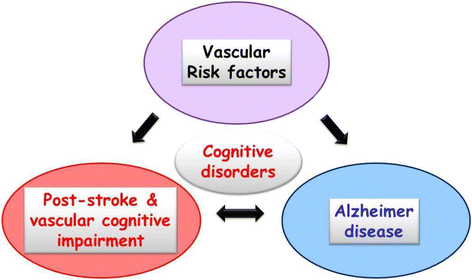
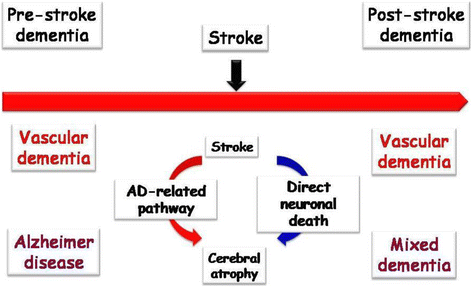
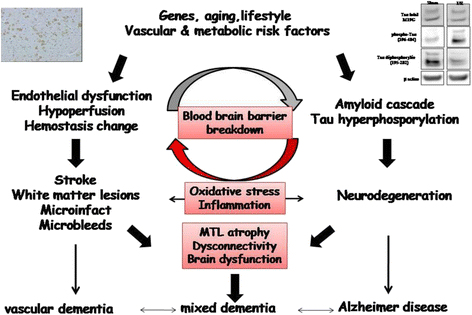
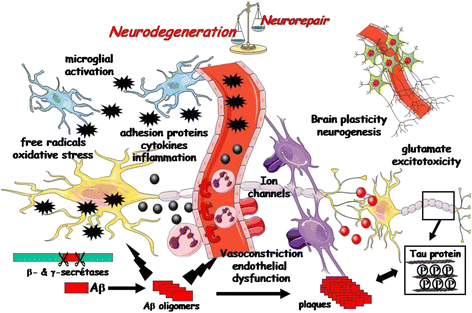

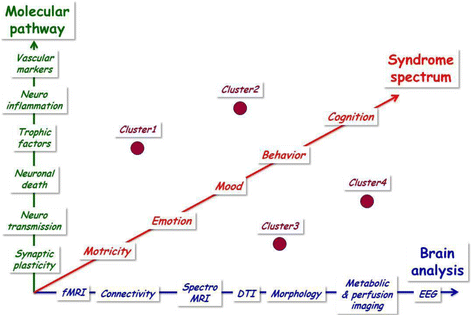
References
-
- Korczyn AD. The complex nosological concept of vascular dementia. J Neurol Sci. 2002;203-204:3–6. - PubMed
-
- Solfrizzi V, Scafato E, Frisardi V, Seripa D, Logroscino G, Maggi S, Imbimbo BP, Galluzzo L, Baldereschi M, Gandin C, Di Carlo A, Inzitari D, Crepaldi G, Pilotto A, Panza F, Italian Longitudinal Study on Aging Working Group Frailty syndrome and the risk of vascular dementia: the Italian Longitudinal Study on Aging. Alzheimers Dement. 2013;9:113–22. doi: 10.1016/j.jalz.2011.09.223. - DOI - PubMed
MeSH terms
LinkOut - more resources
Full Text Sources
Other Literature Sources
Medical

